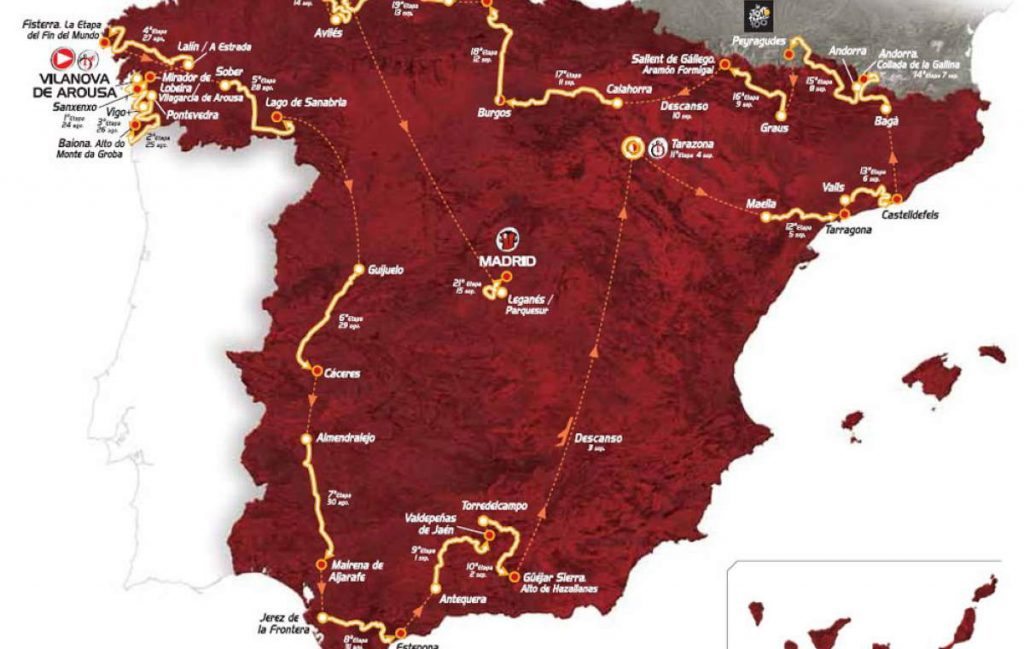Vuelta a España 2013 stage 19 is a mountain stage with summit finish from San Vicente Barquera to Oviedo (Alto Naranco). The length of the course is 181 km.
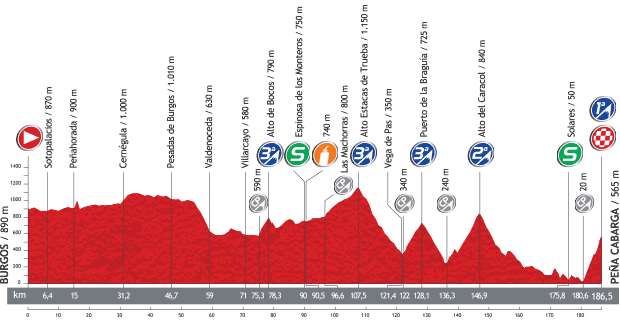
Previous Stage: Vuelta a España 2013 Stage 18 details
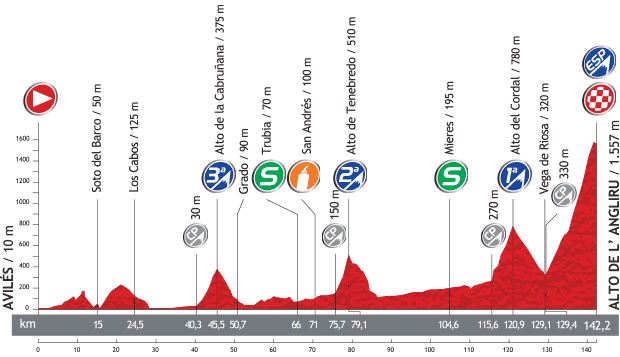
Next Stage: Vuelta a España 2013 Stage 20 details
Vuelta a España 2013 stage 19 quick info
- DATE September 13, Friday
- STAGE TYPE Mountains with summit finish
- START-FINISH San Vicente Barquera (15 m) > Oviedo (Alto Naranco) (580 m)
- STAGE DISTANCE 181.0 km
Vuelta a España 2013 stage 19 profile
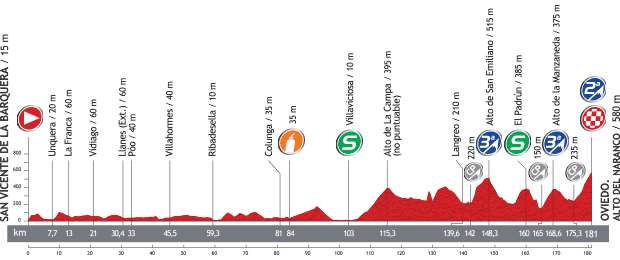
Last kilometers
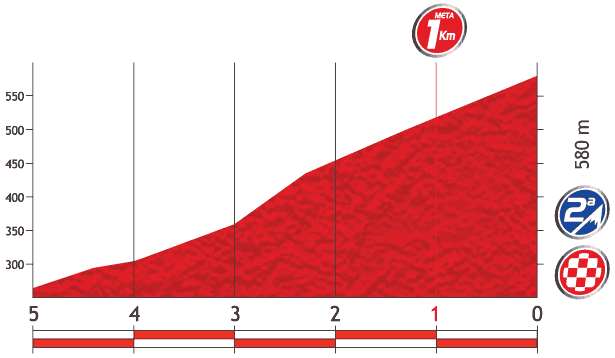
Stage map

Start: San Vicente de la Barquera
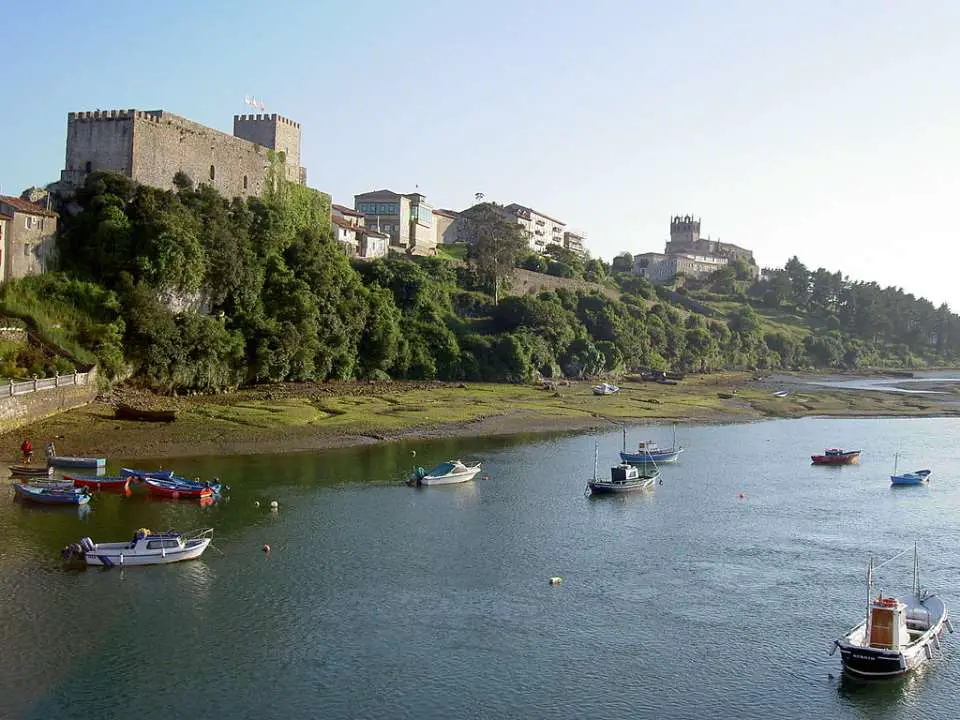
San Vicente de la Barquera is a municipality of Cantabria in northern Spain.
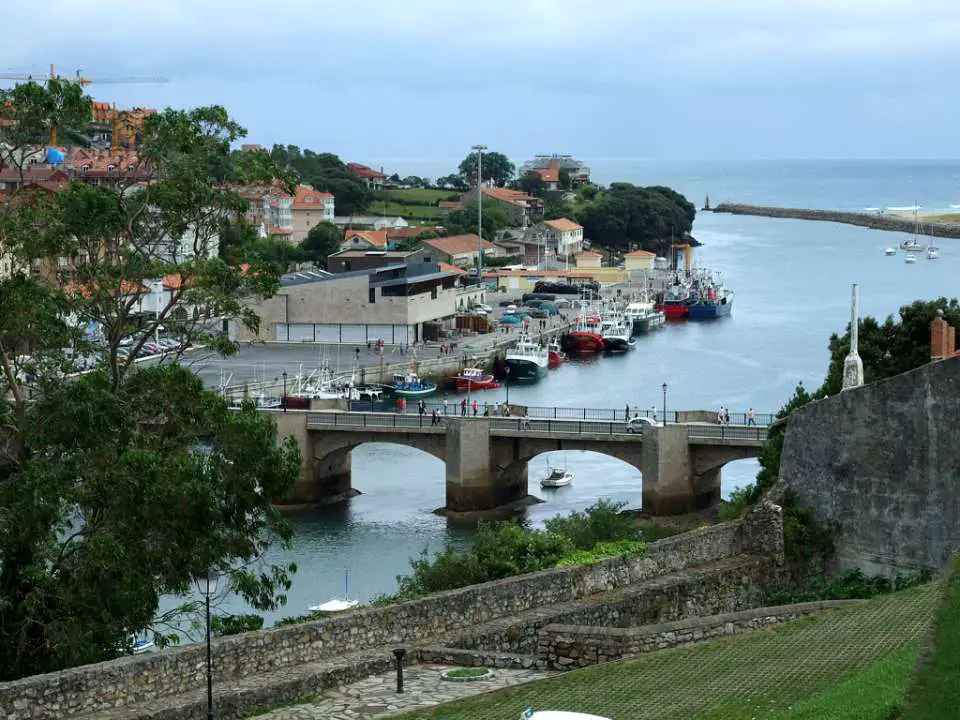
Finish: Oviedo

Oviedo is the capital city of the Principality of Asturias in northern Spain and the administrative and commercial center of the region. It is also the name of the municipality that contains the city.
In Oviedo’s historical heritage are the pre-roman monuments, declared World Heritage Sites. Two of its most unique pieces are Santa María and San Miguel de Lillo, on the Naranco hillside.
From that same mountain, a panoramic view of the urban centre can be seen, where the Cathedral tower and the new Conference Centre, designed by Calatrava, stand out.
The University, with a lifespan of over 400 years, gives Oviedo a special character where the streets in the old part of the city and the commercial areas are closed to traffic.
Renovated hotels, restaurants and cider bars with powerful gastronomy and a prestigious commerce make up high quality services in a city that stands out for its cultural activity. Oviedo feels authentic passion for music.
Architecture:
- Cathedral of San Salvador, from 13th century, erected in 1288 over the previous cathedral, which was founded in the 8th century.
- Cámara Santa de Oviedo. Dating from 802. It is located within the Cathedral, and it is a UNESCO World Heritage Site. Houses the Arca Santa chest reliquary of the Sudarium of Oviedo.
- Santa María del Naranco Hall, 9th century. A relatively large pavilion, part of a palace complex built for the King Ramiro I.
- San Miguel de Lillo (small church), 9th century.
- Basilica of San Julián de los Prados.
- La Foncalada. Fountain of the 9th century. It is the only preserved Pre-Romanesque civil work in the whole of Europe.
- The University of Oviedo was created in 1574, but only inaugurated on September 21, 1608, the feast of Saint Matthew. It was funded by the terms of the will of Archbishop D. Fernando Valdés
- Salas, minister and General Inquisitor under Charles V, Holy Roman Emperor and Philip II.
- Town Hall (Casa Consistorial). Dates from 1662.
- La Balesquida Chapel (13th century). Associated with Oviedo’s taylors’ guild. Repeatedly restored in the 17th, 19th and 20th centuries. It is dedicated to the Virgin of Hope.
- House of the Llanes (18th century). It is the best Baroque façade in the whole of Asturias.
- Deán Payarinos’ House (20th century). A building on the Beaux Arts style. Nowadays, it houses the Eduardo Martínez Torner Conservatory.
- The Monastery of San Vicente (8th century). At the moment, home of the Archaeological Museum of Asturias.
- The Convent Church of Santo Domingo, Oviedo (16th century). One of the monastic settlements outside the city walls. The original building burnt down in 1934 and it was heavily reconstructed after the Civil War.
- El Fontán Market (17th-18th centuries). A simple but rather monumental complex; an 18th-century porticoed square, which housed the vegetable market. It fell victim to speculative manoeuvres. It was left to deteriorate on its own; claiming that it was beyond repair, it was then demolished on 1998 and rebuilt offering all modern amenities, but with its original proportions radically changed; the original complex being much lower than its modern replacement.
- Casas del Cuito, early 20th century Art Nouveau apartment building.
- Palacio de Congresos de Oviedo projected by Santiago Calatrava.
Museums in Oviedo:
- Archaeological Museum of Asturias
- Museum of Fine Arts of Asturias
- Camara Santa within the Cathedral houses the Arca Santa and Sudarium of Oviedo
- Diocesan Museum
- Tabularium Artis Asturiensis
- Center for the reception and understanding of Preromanesque Art
- (future) Museum of the Militar Technology and Industry
Monte Naranco
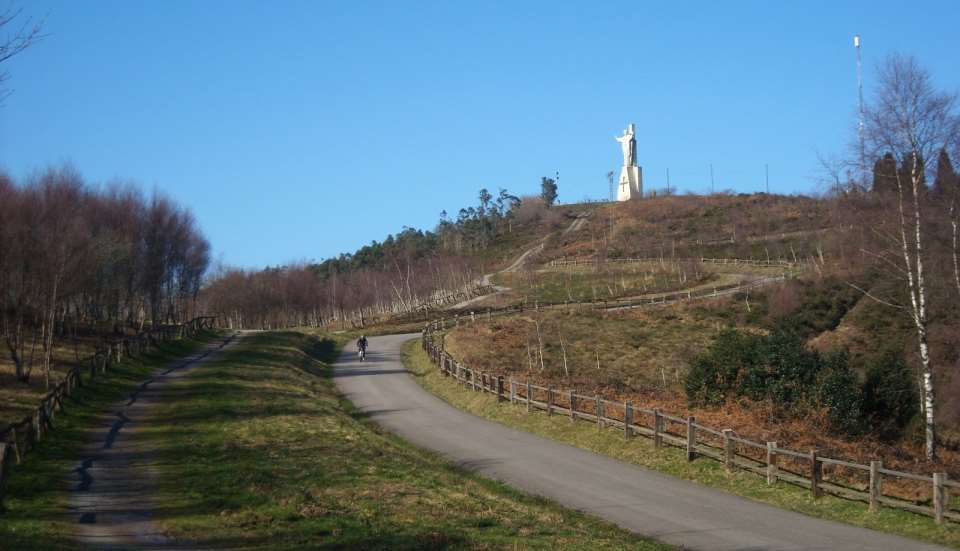
Monte Naranco is a mountain in Oviedo, Spain. The church Santa María del Naranco is situated on its slopes. It is also known as the finish for the bicycle races Subida al Naranco and Vuelta a España.

Sources
- La Vuelta official website
- Oviedo on Wikipedia
- Top 18 fastest Paris-Roubaix editions - April 7, 2024
- Col de Tourmalet [Amazing photo from the 1953 Tour de France] - January 11, 2024
- Bernard Hinault and Francesco Moser, 1981 Paris-Roubaix - December 8, 2023
